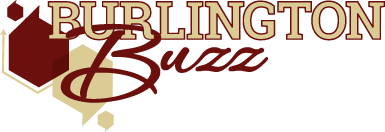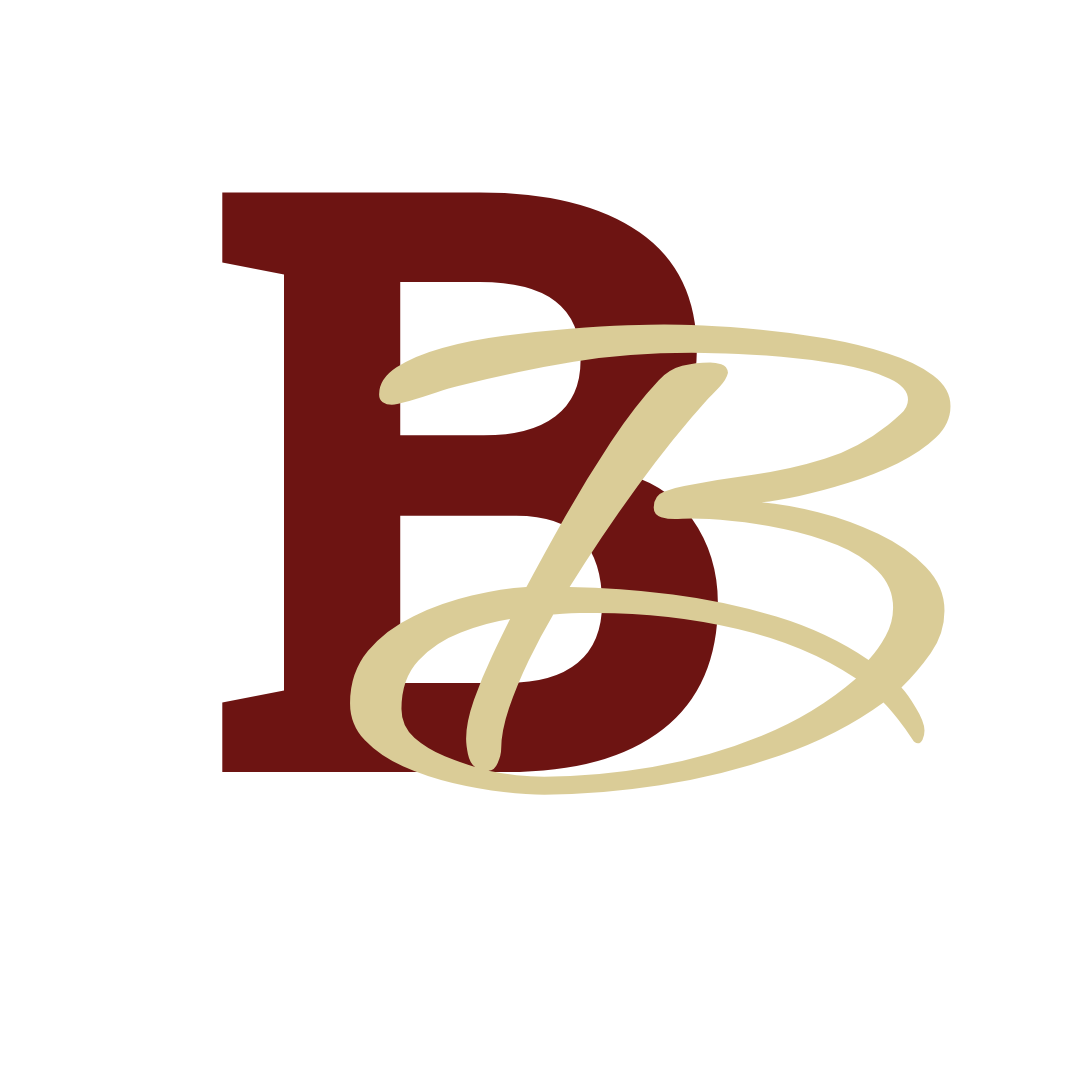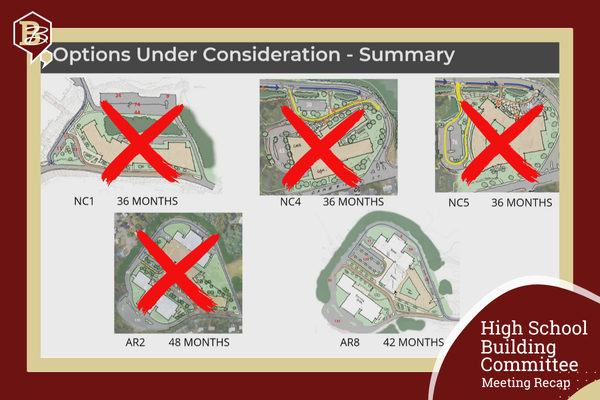Board Reorganization: A Rotation, A Race, or Something More Nuanced?
Burlington boards reorganize after elections, choosing new leaders and subcommittee appointments and shaping the year ahead.

Burlington's local government is made up of eight elected boards, which each operate according to their own internal processes - some laid out in bylaws and some adopted over time.
Following the town's annual election, new members need to be folded into each board, and member participation on subcommittees is re-evaluated and spread out. The leadership baton passes along with this reorganization, which happens at the first meeting after each election. Board leadership is responsible for setting the agenda and controlling speaking time and the general flow of board meetings.
Each board has its own process for reorganization, which often works as a rotation. The Select Board is a good example of this: Think of their five-person membership as a list with the Chair at the top, the Vice Chair underneath them, and the rest of the members ordered at the bottom. With each reorganization, the Vice Chair moves to Chair, and the Chair moves to the bottom of the list, bumping everybody else up.
This process doesn't happen automatically, though: The Chair is nominated by a member of the board, and a majority of the board has to approve the nomination. Following that changing of the guard, a Vice Chair is nominated, and the same process ensues. This year, Mike Espejo (last year's Vice Chair) moved to Chair, and Jim Tigges was named Vice Chair. If all continues according to this rotation, Tigges will be Vice Chair next year.
The School Committee in the past has followed a similar pattern but broke with the tradition last year when Christine Monaco was nominated for Chair over Melissa Massardo, who had been Vice Chair the previous year. Massardo was made Chair this year after another year as Vice Chair. However, when Katherine Bond, who chaired the Board from the 2022-2023 election, was nominated as Vice Chair, Jeremy Brooks, who was elected in 2023, voiced his dissent.
If you like being informed and connected to your community, sign up for the Daily Buzz newsletter now!
Other members have not had had the opportunity to serve in leadership positions, he said, and it would benefit the board for all members to have this opportunity at professional development. He nominated himself for the role, though in the end Ms. Bond won the vote 3-2.
Also reorganizing this month is the Board of Health, naming Gayle DaMore as chair and Marybeth Welch as Vice Chair.
Next on the agenda for reorganization is the Planning Board, which is a larger board with longer terms (seven members with five-year terms in contrast to five members with three-year terms like most other boards). It's also the only board with new members, as two new additions will be joining for the first time at tonight's meeting. For the last year, Bill Gaffney has been Chair and Jessica Sutherland, who was appointed to the Board mid-2022 and elected in April of 2023, has been Vice Chair.
Will Sutherland be elevated to a higher level of leadership? The answer is unclear, though one member says it's really an internal matter for the board and more complex than a simple rotation.
"I don't know until we have our vote tonight which way it's going to go," said Barbara L'Heureux, who chaired the Planning Board from April 2023 to April 2024.
Members who are interested in leading the board, said L'Heureux, must build relationships with the other members and make a case that they're the best person to lead. The board as a whole has to feel comfortable and confident they're choosing someone who can run effective meetings, represent the board well, listen to all sides of an issue, and support the board in making the best decisions for the town. It's a lot of responsibility, L'Heureux said, and the board will do well to choose someone with a history and track record of experience on the board.
Once each board is reorganized, they can continue with the business of the meeting and enjoy the new organization for another year until the next election.
Once each board completes its reorganization, the work of local government can continue with refreshed leadership and renewed collaboration. These transitions shape how effectively each board can serve the town—bringing new voices to the table, honoring experience, and balancing continuity with change. For residents of Burlington, these choices quietly influence everything from health policy to school decisions, land use, and beyond.
Residents can follow board activity or get involved by attending public meetings, contacting board members, and following Burlington Buzz.
Become a paying member of the Hive and get exclusive stories from the Buzz, early access to our events, discounted merchandise, and more—all while supporting a Burlington-owned business.





